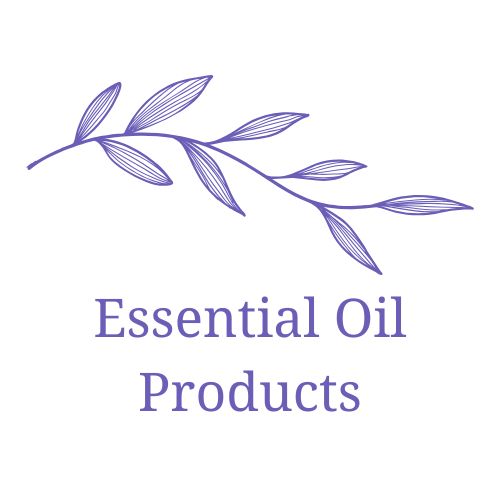Your cart is currently empty!
Understanding Essential Oil Grades and Purity Standards
Understanding Essential Oil Grades and Purity Standards
Essential oils have surged in popularity over recent years, thanks to their diverse applications in aromatherapy, skincare, and even culinary arts. However, the burgeoning market has also given rise to a bewildering array of grades and purity standards that can confuse consumers and practitioners alike. This guide will take you through the intricacies of essential oil grades and purity standards, helping you make informed choices for your health and well-being.
The Importance of Essential Oil Grades
To navigate the world of essential oils effectively, understanding their grades is paramount. Essential oil grades indicate the intended use and quality, ranging from therapeutic to food grade. Each grade has specific standards that must be met to ensure safety and efficacy.
Therapeutic Grade vs. Food Grade Oils
One of the primary distinctions among essential oils is between therapeutic grade and food grade oils. Therapeutic grade oils are created with the intention of being used in healing practices, such as aromatherapy or topical applications. These oils typically undergo rigorous testing for purity and potency to ensure they are safe for therapeutic use.
On the other hand, food grade oils are intended for consumption and must meet specific safety and quality standards. They are often less concentrated than therapeutic oils and may contain additives or preservatives. Understanding the difference between these grades is essential for selecting the right oil for your needs.
Purity Standards for Essential Oils
Purity is a critical factor in determining the quality of essential oils. The higher the purity, the more effective the oil is likely to be for its intended purpose. Various organizations establish purity standards, but not all certifications are equally reliable. Thus, consumers must be discerning when evaluating oils on the market.
How Purity Impacts Effectiveness
The purity of an essential oil can significantly affect its therapeutic properties. Oils with high purity levels are more potent, offering greater benefits in terms of aroma, flavor, or health properties. Conversely, oils with lower purity might be diluted with synthetic substances, compromising their intended effects.
Additionally, the efficacy of essential oils can differ based on their method of extraction. For instance, steam distillation is often preferred over solvent extraction as it typically results in a higher quality product, retaining more of the oil’s beneficial properties. Organic and wild-crafted oils are also worth considering, as they are often free from pesticides and chemicals, further enhancing their quality.
Identifying High-Quality Oils
With so many options on the market, identifying high-quality essential oils can be daunting. Here are some pointers to help you discern quality:
- Check for Transparency: Reputable manufacturers provide detailed information about their production processes, including sourcing and extraction methods.
- Look for Third-Party Testing: Certificates of analysis (COA) from independent labs can validate a product’s composition and purity. Ensure the company you buy from offers this transparency.
- Avoid Synthetic Fragrances: High-quality oils should not contain anything synthetic. Check labels for the presence of artificial ingredients or fillers.
- Examine the Packaging: Quality essential oils are usually packaged in dark glass bottles to protect them from light degradation, thus preserving their purity.
Certification and Testing Processes
Essential oils must undergo various testing processes to confirm their quality and purity. These tests can include:
- Gas Chromatography (GC): This technique analyzes the composition of essential oils, allowing manufacturers to identify the various chemical constituents present.
- Mass Spectrometry (MS): Often paired with GC, this test helps in confirming the identities of the compounds found in the oil.
- Biological Activity Testing: Some manufacturers will conduct tests to assess how effective an oil is at certain therapeutic actions, providing further validation for its use.
Each of these testing methods helps ensure that consumers receive a high-quality product that meets established purity standards.
Understanding Labels and Claims
Labels on essential oils can be misleading at times. Terms like “pure,” “natural,” and even “therapeutic” can vary in meaning depending on the manufacturer. It is essential to familiarize yourself with these terms and their implications. For example, the label “100% pure” does not always guarantee therapeutic grade quality, as some companies may still include synthetics or adulterants.
Familiarizing yourself with recognized certification marks can also help you cut through the noise. For example, oils certified as organic or those that have received certification from reputable bodies can usually be trusted to adhere to higher standards of purity.
Conclusion
Understanding the various grades and purity standards of essential oils empowers consumers to make informed choices. As the interest in these oils continues to grow, so does the market, making it all the more critical to discern quality. By knowing the differences between therapeutic and food grade oils, understanding how purity impacts effectiveness, and identifying high-quality products, you can select essential oils that truly meet your needs and expectations.

Leave a Reply